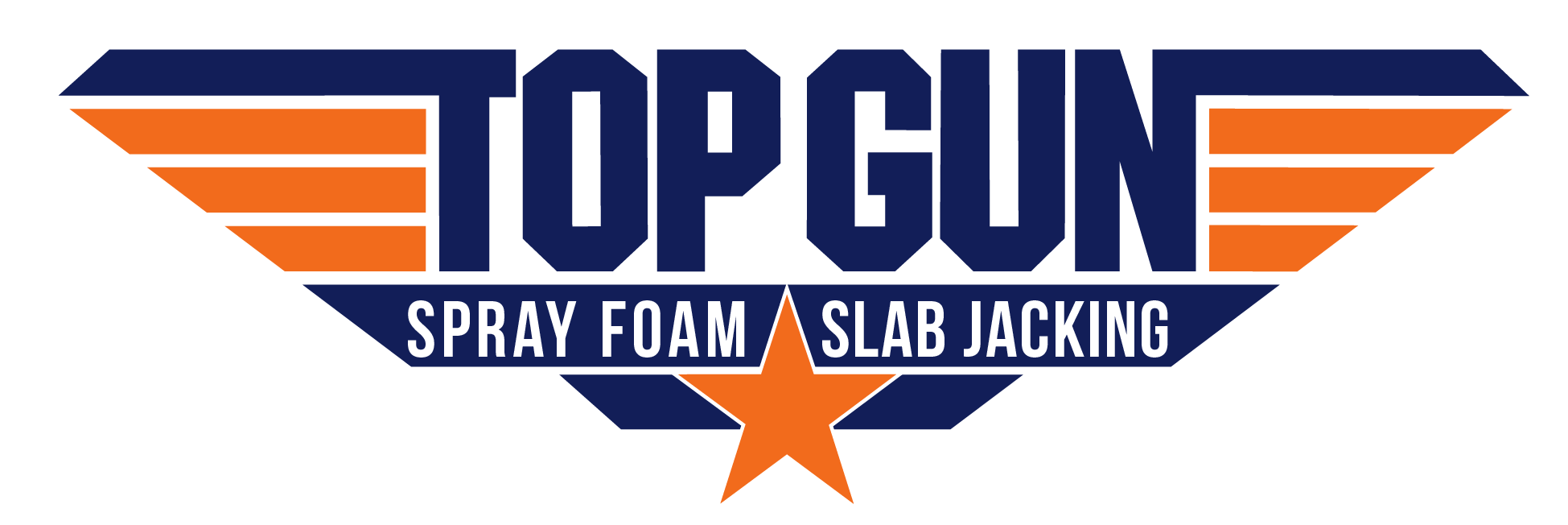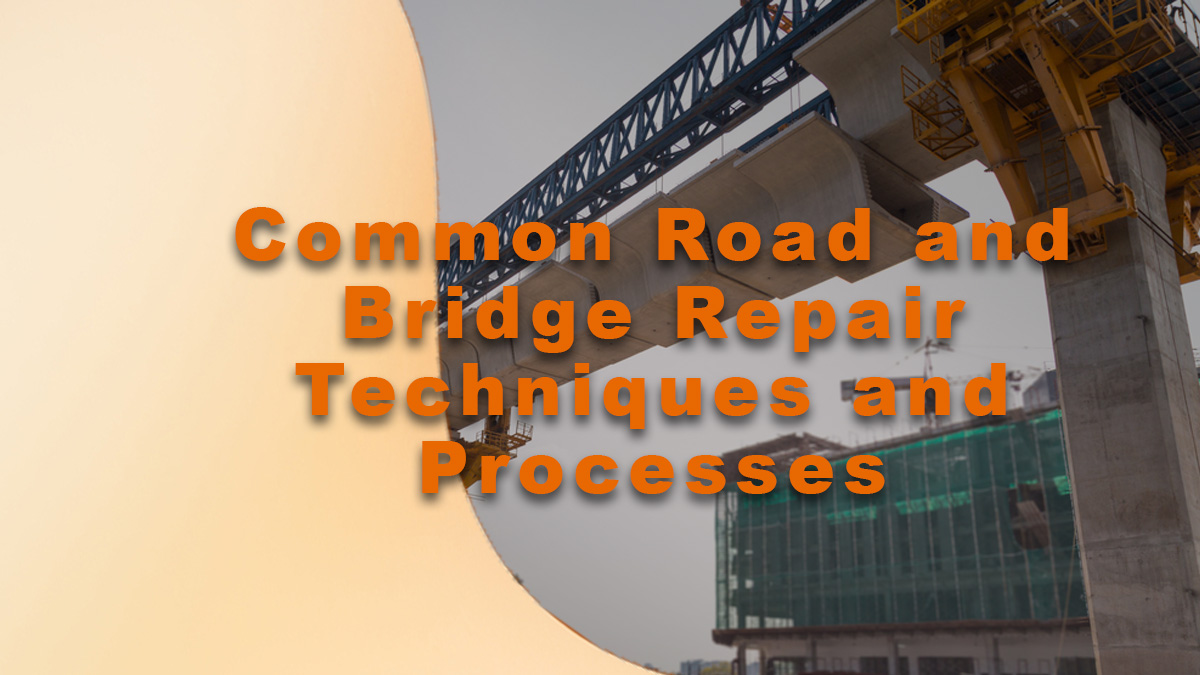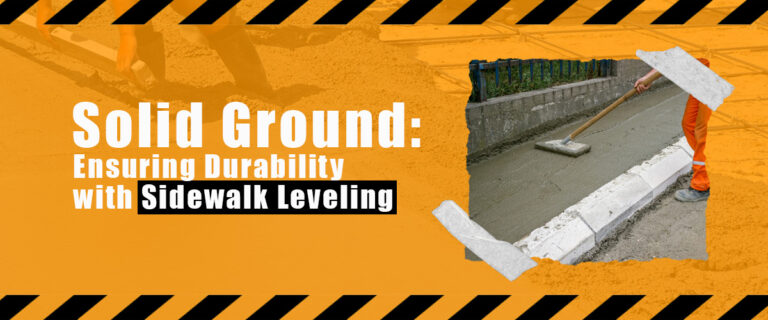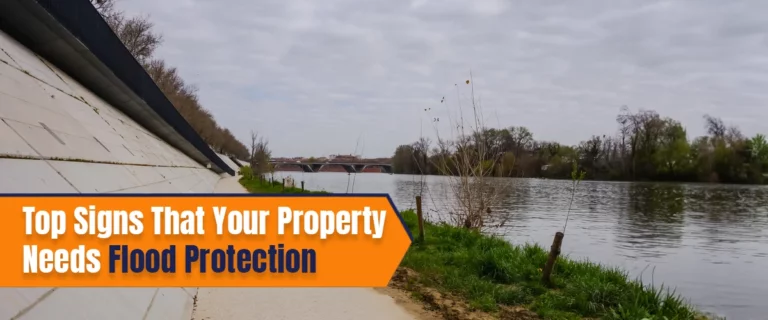Common Road and Bridge Repair Techniques and Processes
Are roads and bridges ready to withstand the test of time and the relentless traffic flow? What lies beneath their surfaces, holding our journeys together? As crucial arteries of our transportation infrastructure, roads, and bridges link us to new horizons and opportunities. But as the years pass, the wear and tear on these vital lifelines demand attention. How can we ensure their safety and durability? This article delves into the heart of road and bridge repair, uncovering the secrets of practical techniques, processes, and maintenance tips that fortify our pathways and safeguard our travels. Prepare to journey through the familiar road and bridge repair world, where every mile leads to a safer and smoother passage.
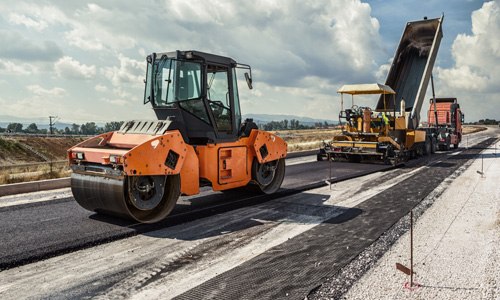
Road Repair Techniques
Road maintenance and repair are critical for guaranteeing the safety of drivers and passengers and extending the road’s life. Below are some standard road repair techniques:
1. Crack Sealing
Cracks in the pavement can lead to more significant damage if left untreated, allowing water to seep in and weaken the structure. Filling gaps using a flexible substance that can expand and contract with temperature changes prevents additional damage. This technique is ideal for roads with minor surface distress and can extend the life of the road by up to five years.
2. Patching
Patching involves filling in potholes or other damaged areas of the pavement with new asphalt or concrete. This technique can be used to repair minor to medium-sized areas of damage but may not be suitable for larger sizes. Properly executed patching can improve road safety and prevent further damage, but it is not a long-term solution and may require more extensive repairs.
3. Resurfacing
Resurfacing is placing a fresh layer of asphalt or concrete over the old pavement to create a smooth surface and increase the life of the road. This procedure is appropriate for roads with moderate to severe surface deterioration and can add up to 10 years to the life of the road.
Resurfacing can also improve road safety by giving drivers a smoother surface and lowering the chance of accidents.
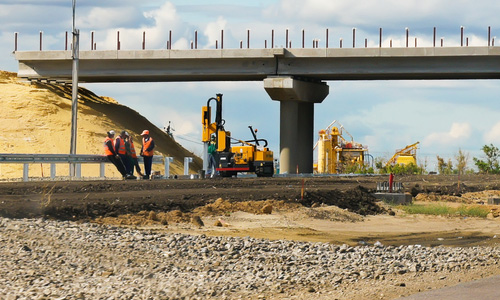
Bridge Repair Techniques
Bridges are critical to our transportation infrastructure, providing safe passage for vehicles and pedestrians. However, like any structure, bridges require regular maintenance and repair to ensure their safety and longevity. Here are some standard bridge repair techniques:
1. Bearing Replacement
Bearings connect the superstructure (the part of the bridge that carries traffic) to the substructure (the supporting structure below). One must replace worn-out bearings over time to ensure the bridge’s stability. This technique involves removing and installing old paths, ensuring proper alignment and load distribution to prevent further damage.
2. Deck Replacement
The deck is the bridge’s driving surface and can become damaged over time due to heavy traffic or environmental factors. Deck replacement involves removing the old deck and installing a new one. This technique can improve the safety and functionality of the bridge, ensuring a smooth surface for drivers and pedestrians.
3. Superstructure Repair
The superstructure of a bridge is the part that carries the weight of the traffic. Superstructure repair involves repairing or replacing damaged elements, such as beams or trusses, to ensure the bridge’s safety and stability. This technique can address various issues, from minor damage to significant structural deficiencies, and may involve partial or complete substitutes of the superstructure.
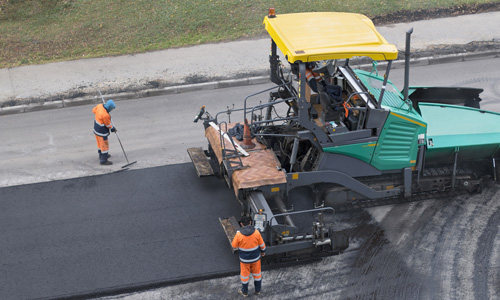
Road Repair Process
The roads we use daily undergo wear and tear from traffic and weather, requiring regular repair to remain safe and functional. These road repair processes include the following:
A. Inspection and assessment
The first step in the road repair process is inspection and assessment. It involves identifying defects in the pavement, such as cracks, potholes, or rutting, and evaluating their severity. You can perform an inspection through visual inspection, surveying, or testing.
B. Planning and budgeting
After identifying the defects, the responsible party develops a repair plan and allocates a repair budget. The program includes the repair technique, the materials required, and the timeline for completion. Budgeting involves determining the repair cost, including labor, materials, and equipment.
C. Traffic management
Traffic management is critical during road repair to ensure the well-being of personnel and road users. It involves setting up traffic control measures, such as lane closures, detours, or speed restrictions, to minimize disruption to traffic flow and protect workers on the site.
D. Site preparation
The site is prepared by removing the damaged pavement and designing the base. It may involve milling, grading, or compacting the ground to ensure a stable foundation for the new pavement. Site preparation also involves ensuring proper drainage to prevent water damage.
E. Execution
The repair crew then executes the repair work, which involves applying the repair technique, such as crack sealing, pothole patching, or milling and resurfacing. The repair technique depends on the severity and type of defect, as well as the budget and timeline for completion.
F. Quality control
After completing the repair, the construction team takes quality control measures to ensure the repair meets the desired standards and is of high quality. It involves inspecting the repaired area, testing for durability and strength, and making necessary adjustments or repairs. Proper quality control ensures the longevity and effectiveness of the repair.
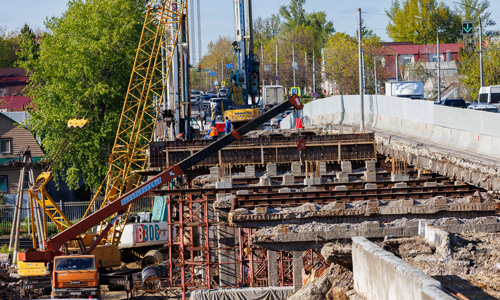
Bridge Repair Process
Bridges are crucial infrastructures that require regular inspection and maintenance to guarantee
their safety and structural integrity. The bridge repair process involves several steps, including:
A. Inspection and Assessment
The first step in the bridge repair process is to inspect and assess the bridge’s condition. It involves identifying the defects and evaluating their severity to determine what repairs are needed.
B. Planning and Budgeting
The responsible party develops a repair plan and allocates a budget once they identify the defects. The program will include a timeline, repair techniques, and materials required to complete the repairs.
C. Traffic Management
Maintaining proper traffic flow during bridge repairs is crucial to ensure the safety of workers and road users alike. Traffic may need to be rerouted or temporarily closed to ensure the safety of all involved.
D. Site Preparation
The workers prepare the site by removing the damaged components, such as the deck, bearings, or expansion joints. Before starting any repairs, cleaning and preparing the area is essential.
E. Execution
The workers execute the repair work, which involves applying the repair technique, such as deck replacement, bearing replacement, or concrete repair. The choice of method will vary based on the extent and nature of the damage.
F. Quality Control
After completing the repair, the repair team takes quality control measures to ensure the repair meets the desired standards and is of high quality. It includes conducting tests and inspections to verify that the repairs are safe and meet the requirements set by the regulatory agencies.
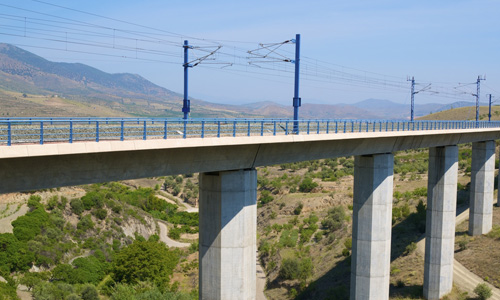
Ensuring a Safe and Efficient Future!
To conclude, road and bridge repairs are crucial for maintaining the safety and functionality of our transportation infrastructure. The repair process involves several steps: inspection and assessment, planning and budgeting, traffic management, site preparation, execution, and quality control.
By following these steps and ensuring high-quality repairs, we can extend the lifespan of our roads and bridges, reduce accidents and congestion, and ensure the smooth flow of goods and people. Governments and communities must prioritize maintaining their transportation infrastructure to ensure a safe and efficient future for all.
